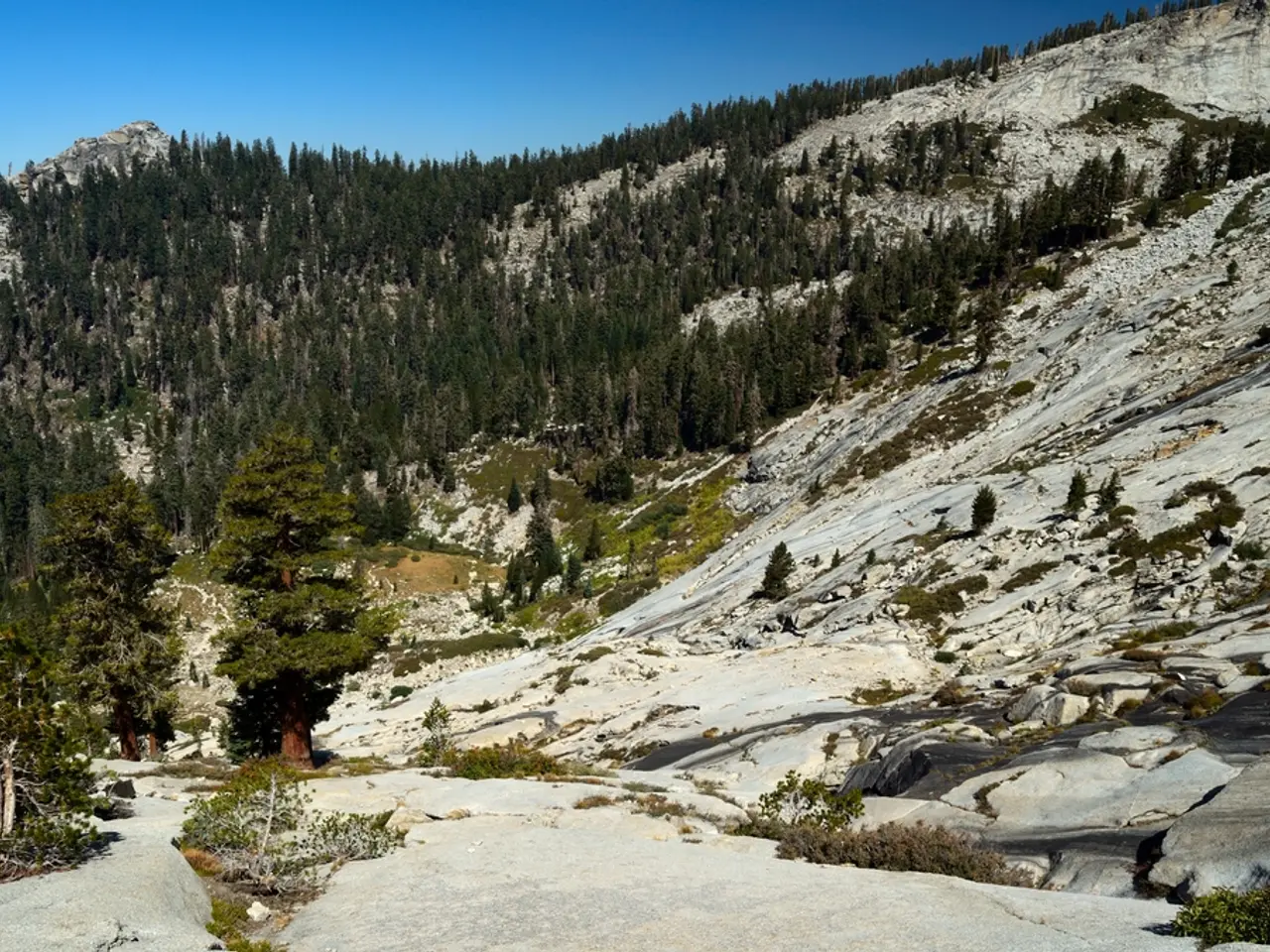Cultivating Rocky Mountain Pine Bonsai: A Step-by-Step Guide
In the realm of bonsai enthusiasts, the Rocky Mountain pine (Pinus mugo) is a popular choice due to its hardiness and slow growth. This article will delve into the specific care requirements for a mature Rocky Mountain pine bonsai, drawing on principles from pine bonsai and related species like junipers.
**Light:** Rocky Mountain pine bonsai thrive best in bright, indirect sunlight for about 5 to 6 hours daily. Given their natural adaptation to full sun, placing your bonsai in a spot with plenty of sunlight, ideally outdoors or near a south-facing window if indoors, is crucial for its health.
**Temperature:** Pines from mountainous regions tolerate a broad temperature range, but protecting your bonsai from extreme cold (below 10°F or -12°C) and extreme heat is advisable. Moderate protection from frost and wind in winter is beneficial, especially for outdoor bonsai.
**Humidity:** Mature pine bonsai prefer moderate humidity. While pines generally do not require misting like some tropical bonsais, you can maintain humidity by placing a gravel tray with water beneath the pot to create a humid microclimate without waterlogging the roots.
**Soil:** Use a well-draining bonsai soil mix composed of components like akadama, pumice, and lava rock. This mix ensures good aeration and prevents water retention that can rot roots, essential for rocky mountain pine health.
**Watering:** Keep the soil consistently moist but never waterlogged. Water thoroughly when the top inch of soil feels dry, making sure excess water drains away. Pines generally require less frequent watering than tropical bonsais but avoid letting the soil dry out completely, especially during the growing season.
**Fertilizing:** Regular fertilization during the growing season is important. Use a balanced fertilizer formulated for bonsai trees, feeding approximately every two weeks in spring and summer. Organic slow-release fertilizers can support steady growth without overfeeding.
**Potting and Repotting:** Repot mature pine bonsai every 2 to 5 years depending on vigor and root growth. Early spring repotting is ideal, just before active growth begins. When repotting, trim roots carefully — avoid removing more than one-third of the root mass to prevent stress. Use fresh, well-draining soil and a natural material pot (like terra-cotta) to wick moisture efficiently.
**Common Pests and Diseases:** Pine bonsais are susceptible to pests such as spider mites, aphids, and scale insects. Fungal diseases can also appear if airflow is poor or soil remains too wet. Regular pruning to remove dead or crossing branches helps improve airflow and reduce disease risk. Monitor your tree closely and treat infestations early with appropriate insecticides or horticultural oils.
**Additional Care Tips:** - Pruning and Wiring: Maintain your bonsai’s shape by regular pruning. Structural pruning removes unhealthy branches, while maintenance pruning trims new growth. Wiring helps shape branches, but monitor wire to avoid bark damage.
In summary, to care for a mature Rocky Mountain pine bonsai:
- Provide 5-6 hours of bright, indirect (or full outdoor) sunlight daily - Maintain moderate temperature and protect from extreme cold - Use well-draining, airy bonsai soil - Water thoroughly but only when top soil is dry - Fertilize biweekly during growth seasons with balanced bonsai fertilizer - Repot every 2–5 years in early spring, trimming roots carefully - Watch for pests/diseases, prune for airflow, and wire carefully to shape
This regimen supports health, vigor, and the aesthetic development of your mature Rocky Mountain pine bonsai. Expect to see growth of about 3 to 6 inches each year with Rocky Mountain pine. Pine bonsai require well-draining potting soil, preferably commercial bonsai soil.
Adopting a nurturing lifestyle in your home-and-gardening adventures, following the rituals of bonsai cultivation will boost the health of your Rocky Mountain pine and yield visually captivating results. Properly tending to your mature bonsai involves careful elements such as creating a moderate humidity environment, and ensured usage of well-draining soils in accordance with the principles of gardening.



